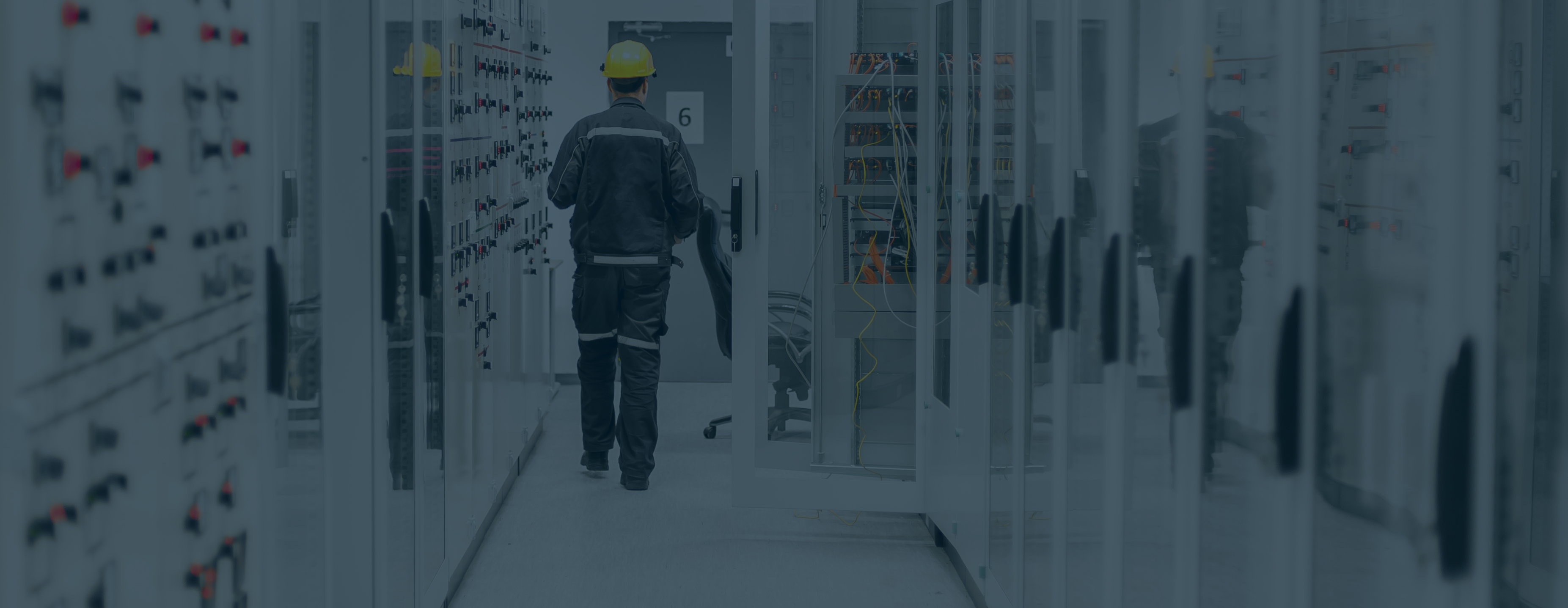An operational building is achieved through the collaborative efforts of the project team whose expertise is integrated to create both a built space and an operational system.
This requires integration at every level of the design and execution process. Poorly integrated testing and commissioning processes can lead to negative outcomes for the operation, performance, energy consumption and longevity of a building. As well as the health, wellbeing and comfort of its occupants.
This course assists design and building practitioners to exercise greater collaboration, within their roles, to enable better-integrated testing and commissioning processes through the lifecycle of a design project. It covers both the integration of testing and commissioning into a design and the integration of testing and commissioning of multiple systems in concurrent operation.
You’ll learn about:
- the benefits of systems coordination through integrated testing and commissioning within the design process
- applicable Australian Standards
- practical, project-based resources to improve capability in the workplace
This course is delivered in partnership with Office of the NSW Building Commissioner.
Price
$140
1 January - 31 December
Enrolments for this course are managed by Construct NSW.
Click on the button above to start your enrolment or enquire about the course.
This course is not eligible for the Engineers Australia member discount.
Learning Outcomes
- Describe the tasks and activities a design practitioner needs to undertake in planning and documenting for integrated testing and commissioning in the design and construction of a building project
- List strategies a design practitioner can undertake over the lifecycle of a building project that support the ease, efficiency and productivity of testing and commissioning
- Describe the types of project documentation deliverables required for integrated testing and commissioning to support operational readiness
- Define the typical roles and responsibilities of key stakeholders in a project as they pertain to the testing and commissioning of mechanical equipment
Is this course for you?
Engineers and professionals involved in testing and commissioning for National Construction Code Class 2 buildings. Participants must have two – five years’ experience in engineering or a related role. Roles include:
- services engineers
- design engineers
- technical draftsperson
- structural engineer
- fire engineer
- electric engineers
- architects
- asset managers
- construction professional
Participants must have two – five years’ experience in engineering or a related role.
- Why integrated testing and commissioning is important
- Project stakeholders, roles and responsibilities
- The benefits of the lifecycle approach and good commissioning
- An overview of key applicable relevant Australian Standards and why they are important
- A scenario for thinking through a design: putting theory into practise and validating the results
Brett Fairweather, M.AIRAH, of 'It’s Engineered' has practiced as a mechanical engineer for over 20 years. His commitment to the industry is evident in his advisory role for various bodies, including those relating to building reform. He is the Australian Institute of Refrigeration, Air Conditioning and Heating (AIRAH) representative on the Australian Building Codes Board’s national Building Codes Committee and represents The Chartered Institution of Building Services Engineers (CIBSE), with respect to the development of Australian Standards for the HVAC industry.

